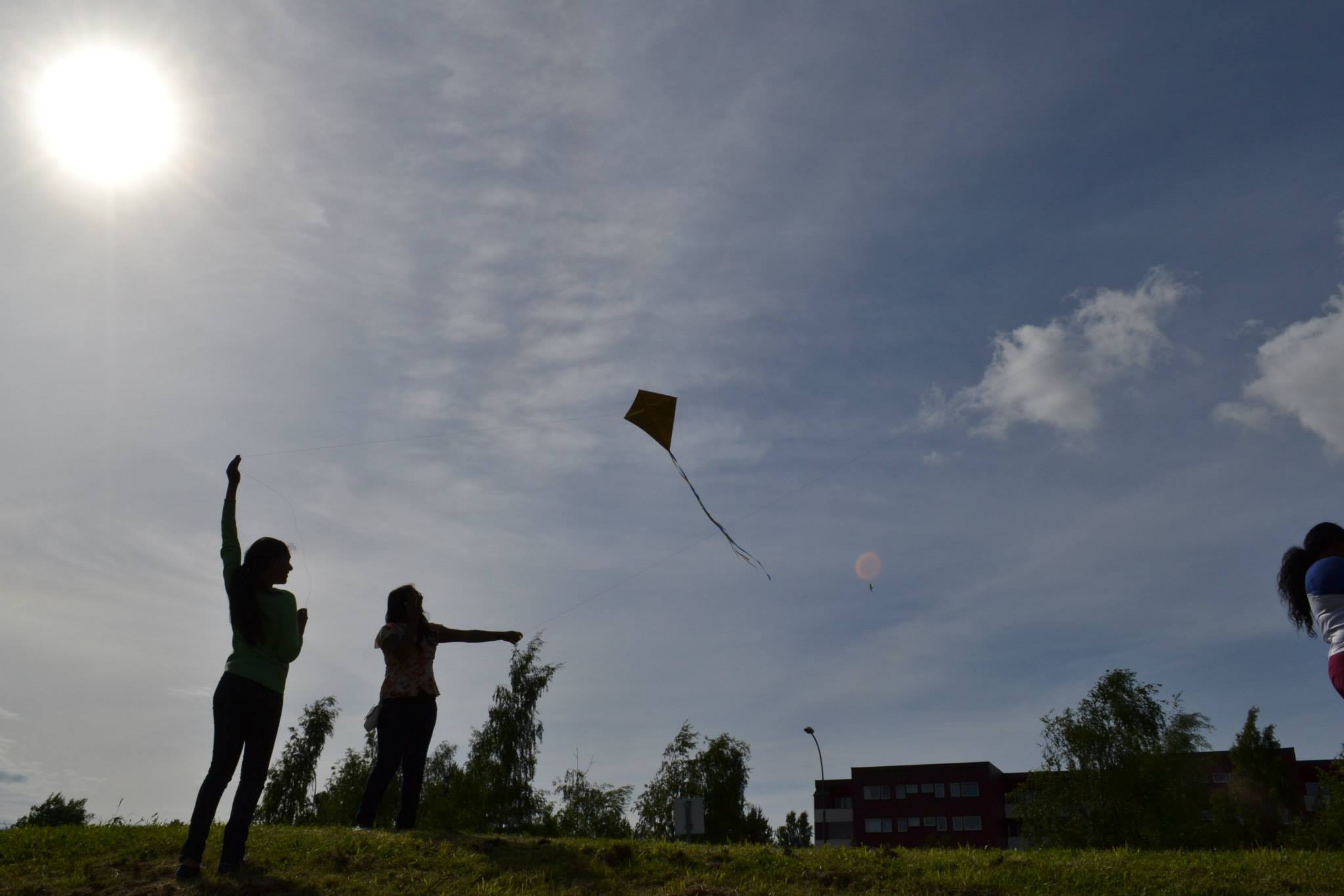
As an American, I am accustomed to hearing people carelessly use the word “ghetto.” I probably do it myself. The word connotes urban poverty, crime, violence, gangs, drug abuse, homogeneity. It is a lazy and unhelpful way to describe places that often have complex issues—places that above all else seem too different to the person using the term. For that reason, I think that “ghetto” tells us more about the people using it, and the kinds of difference that make them uncomfortable, then it does the actual places they are trying to describe. Since first coming to Oslo six years ago, I have heard “ghetto” used more than I would have expected beforehand. I believe Norwegians are for the most part quite tolerant, and though many indicators show Oslo to be a divided city, I am always surprised when people label its eastern side—or parts of it—as a “ghetto.”
I heard it for the first time when I visited Oslo as a student in 2009. I was to go on a short walk through Grønland in the city’s inner east. Someone said that I would now see “Oslo’s ghetto.” I had already seen the various prosperous sides of the capital, and I imagined that Grønland would reveal what it was hiding—the poor, dangerous, and dilapidated sides. But it did not happen. Grønland was not west Oslo, but it was no ghetto. I noticed a bit more graffiti, shops with spicier food, more women in hijabs, more pubs with wrinkled men behind empty glasses and clouds of cigarette smoke. I saw that what made Grønland a ghetto for some was simply that it was different, something a little too unfamiliar. And for that reason, it was threatening.

I remember another time someone warned me about an Oslo ghetto. A year after my first visit, I returned to the city and began conducting research in Furuset, an eastern suburb. I had spent a lot of time there already when one morning a Norwegian friend spotted me on the move and asked where I was going. I told him Furuset and his expression changed immediately. He looked anxious. Wasn’t it dangerous there? Wasn’t it full of immigrants? He had never visited the suburb, but he had heard things that convinced him there were few reasons to do so. He was baffled that I would do research in such a place, a “ghetto.” I told him how absurd it was to think that way: Furuset does have more immigrants than many other parts of the city, but why was that a problem? After numerous visits there, I thought it was a rather pleasant place that was more or less indistinguishable from any other part of the city. One could perhaps complain that it took too long to get there on the metro from the city center, but I thought that no reasonable person could actually see Furuset and call it a “ghetto.” I am not sure my friend agreed with me.
I think that for him and some others in Norway, the term “ghetto” is an easy way to justify an unexamined fear of diversity by associating it with unpleasant things like poverty and violence. But that requires strong stereotypes. Without those, it would be very difficult to reduce complex and ever-evolving places like Grønland and Furuset, along with the different people thatlive in them, to the ugly images that come to mind when we hear “ghetto.” These images shape—and are shaped by—our notions of “us” and “them.” They imply that people like us should not go there—“there” being where they are. But in a country undergoing significant sociocultural transformations, who are “we” exactly? Why is a visiting American like me permitted at times to be part of “we” while an immigrant who lives in Grønland is not? There are Norwegians that fear that tomorrow’s Norway will have many ghettos, many places where we should not—where we dare not—go. What they do not understand is that this question is not about how many people come from abroad and which neighborhoods of the city they settle in. It is about their willingness to confront their own assumptions about people and places. Above all, it is about rethinking who “we” are and the places where we belong.
PhD Candidate, Anthropology, Princeton University

Leave a Reply